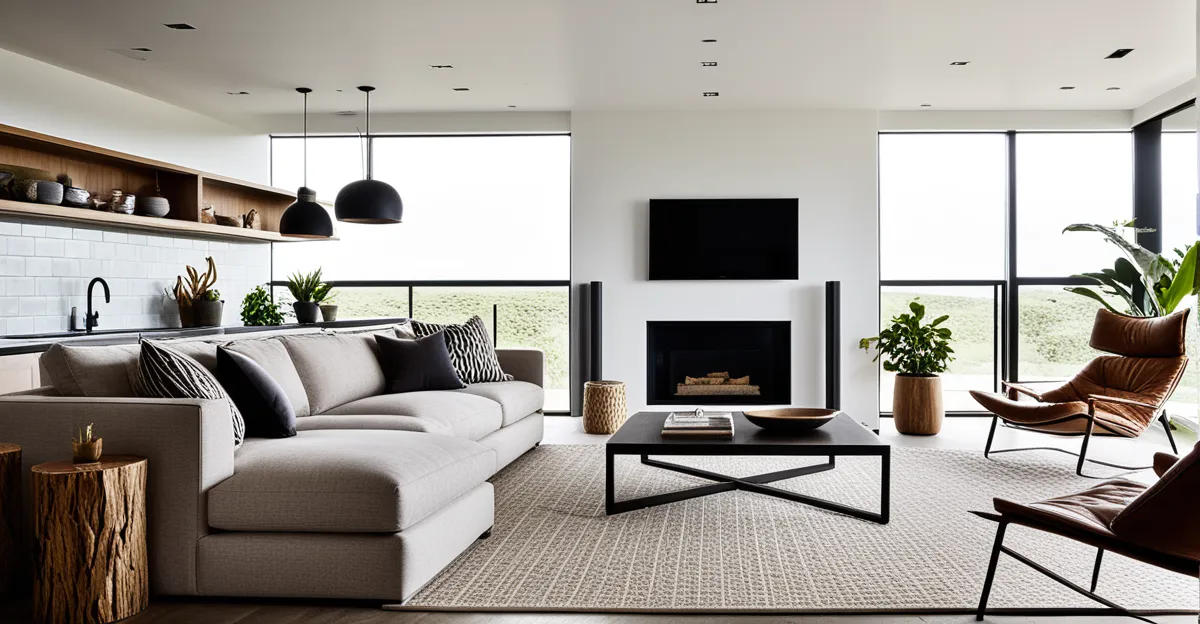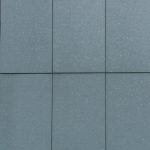The Psychological Connection Between Interior Design Trends and Mood
Understanding the interior design psychology behind our living spaces reveals how profoundly environment shapes emotional well-being at home. The way a room is designed does more than just please the eye—it directly influences feelings, behaviors, and overall mental health. Research shows that environments thoughtfully crafted with attention to color, light, furniture, and materials can evoke specific emotional responses, supporting calm, happiness, or focus.
The role of environment in mood and interior design is rooted in how humans interact with space on a subconscious level. For example, spaces that incorporate natural elements or balanced proportions tend to foster relaxation and reduce anxiety. Conversely, cluttered or poorly lit spaces might increase stress or negatively impact concentration. Recent studies have linked certain design elements—such as open layouts, natural light access, and warm textures—to measurable improvements in mood and emotional resilience.
In parallel : How can you maximize outdoor space in UK urban homes?
To achieve optimal emotional well-being at home, it is crucial to consider how trends in interior design psychology align with personal needs. Incorporating elements that promote comfort and positivity, from ergonomic furniture that supports physical health to color palettes that enhance mood, transforms a house into a restorative sanctuary. Ultimately, mindful design choices provide psychological benefits that extend beyond aesthetics, improving quality of life daily.
Impact of Color Trends on Emotional State
Color psychology reveals that hues deeply influence mood effects of color within living spaces. Recent studies show that certain color trends in interior design can directly affect emotional states, either uplifting spirits or calming anxieties. For instance, blues and greens often promote relaxation and stress reduction, whereas bright yellows and oranges tend to increase energy and positivity.
Also read : How can you optimize storage in small UK apartments?
Scientific findings on color psychology highlight how our brains react to different shades. Natural daylight combined with cool tones can lower heart rates and foster tranquility, enhancing emotional well-being at home. Conversely, warm colors stimulate activity and social interaction, making them ideal for communal areas. Research also suggests that softer palettes reduce tension and improve focus, which ties directly into the broader theme of mood and interior design.
To harness these benefits, practical color schemes for homes should consider the desired emotional outcome. For calming environments, incorporating muted blues, soft greys, and earthy greens is effective. For more vibrant, uplifting spaces, integrating bold accents of coral, sunflower yellow, or warm reds adds energy without overwhelming. Thoughtful use of color allows homeowners to craft interiors that support their psychological needs, making interior design psychology a valuable tool for optimizing daily mood.
Furniture Styles and Their Influence on Comfort and Daily Mood
Furniture design plays a pivotal role in shaping comfort and mood within living spaces. The choice between contemporary and traditional styles impacts emotional responses differently. Contemporary furniture, often characterized by clean lines and minimalist forms, tends to promote a sense of clarity and calm, aligning well with modern preferences for uncluttered environments that support focus and relaxation. Traditional furniture, with its ornate features and rich textures, can evoke feelings of warmth and nostalgia, fostering comfort through familiarity.
Ergonomic furniture is a cornerstone of interior design psychology when prioritizing both physical health and emotional well-being at home. Designed to support natural body posture, ergonomic pieces reduce physical strain that can contribute to stress and discomfort. This reduction in bodily tension translates directly into improved mood and mental clarity, demonstrating how thoughtful mood and interior design considers users’ holistic experience.
Recent studies highlight that integrating ergonomic furniture into living spaces increases productivity and promotes relaxation. For instance, adjustable chairs and supportive sofas help maintain comfort during extended periods of use, supporting sustained focus and emotional balance. Choosing furniture that combines aesthetic appeal with functional ergonomics provides a practical solution to enhancing everyday mood.
When selecting furniture styles to foster positive emotional states, consider:
- Prioritizing ergonomic features to support posture and reduce tension.
- Matching furniture style with the desired atmosphere, whether calming simplicity or cozy familiarity.
- Incorporating versatile pieces that adapt to various activities, promoting comfort throughout the day.
By aligning furniture design choices with psychological insights, homeowners can create spaces that nurture emotional well-being at home while offering lasting comfort and style.
Lighting Innovations and Their Psychological Benefits
Lighting design significantly affects mood and interior design, directly influencing emotional well-being at home. Natural light exposure aligns with our circadian rhythms, regulating sleep and energy levels. Circadian rhythm lighting mimics these natural patterns, using cooler, brighter light during the day and warmer tones in the evening to promote relaxation and prepare the body for rest.
Recent lighting trends emphasize dynamic solutions that adapt to daily activities, enhancing overall psychological comfort. For example, adjustable lighting with dimmers and color temperature controls allows homeowners to tailor their environment to support focus when working or calm during unwinding. These innovations help reduce eye strain and prevent mood disruptions caused by inappropriate lighting.
Scientific studies confirm that access to sufficient natural light combined with thoughtful artificial lighting enhances mood, reduces fatigue, and supports better mental health. Incorporating mood lighting into key living areas can elevate the ambiance and encourage positive emotional responses. For optimal effects, layering ambient, task, and accent lighting ensures spaces feel balanced and inviting throughout the day.
Textures and Materials for Enhanced Emotional Wellness
Exploring material trends reveals the vital influence tactile experiences have on emotional well-being at home. In sensory interior design, the feel and texture of surfaces evoke subconscious responses that can either soothe or stimulate mood. Soft, natural textures like wool, linen, or unpolished wood create a sense of warmth and calm, reducing stress and promoting relaxation. This tactile comfort directly contributes to emotional well-being at home by making spaces feel nurturing and inviting.
Recent research underscores that incorporating varied textures enhances mood and interior design by engaging the senses beyond visual appeal. Textural layering—combining smooth, rough, and plush materials—stimulates positive sensory feedback, which can lower anxiety and elevate comfort levels. For example, pairing a soft fabric sofa with a coarse jute rug adds balanced sensory depth that encourages occupants to unwind naturally.
Current material trends also emphasize sustainability and natural elements, linking the psychological benefits of environmentally friendly materials to improved moods. Bamboo, cork, and recycled textiles are becoming popular for their tactile qualities and eco-conscious appeal. These materials reinforce a connection to nature, which is fundamental in interior design psychology for fostering mental clarity and emotional balance.
To optimally use textures in mood-focused design:
- Layer tactile contrasts to engage multiple senses.
- Prioritize natural and sustainable materials for their calming effects.
- Use textiles and finishes that invite touch to enhance psychological comfort.
Understanding and applying these principles of sensory interior design help transform homes into emotionally supportive environments, aligning tactile detail with overall mood-enhancing interior strategies.










